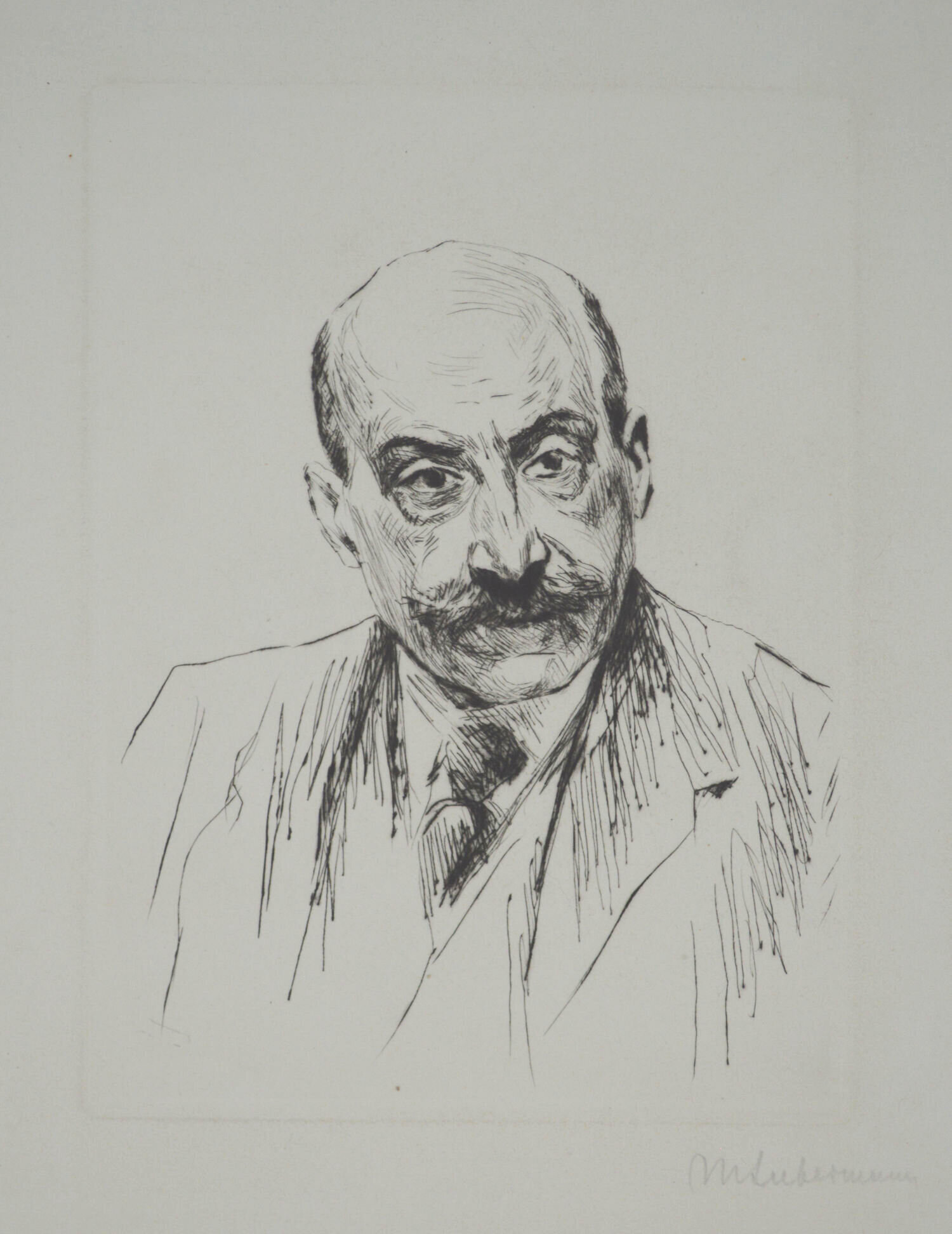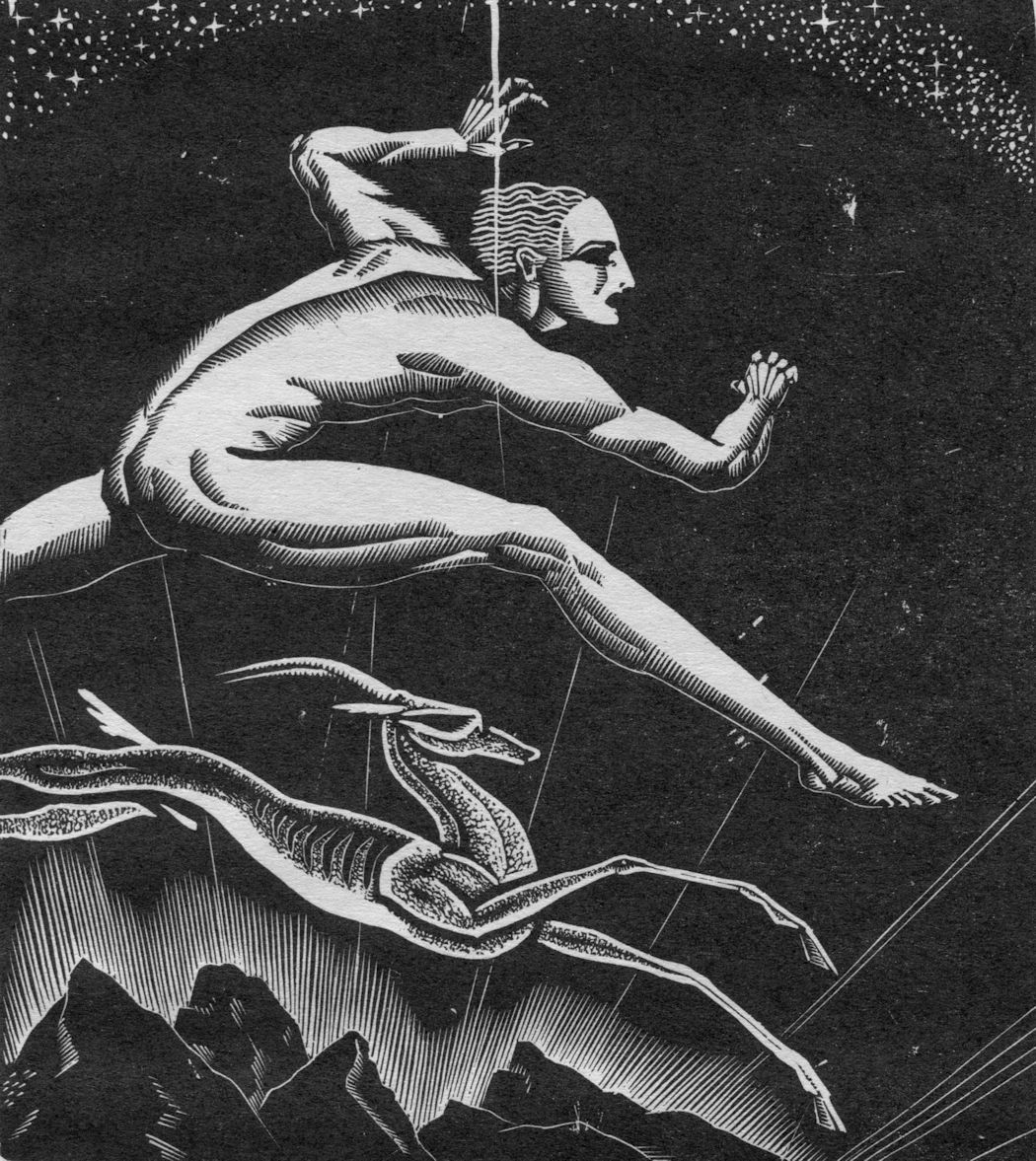Max Liebermann (1847 - 1935)
Renowned painter and printmaker Max Liebermann was born to a wealthy Jewish family in Berlin. He first studied law and philosophy at the University of Berlin, but subsequently studied painting and drawing in Weimar, Paris, and in the Netherlands. Following service in the Franco-Prussian War, he lived and worked in Munich, returning permanently to Berlin in 1884.
Liebermann gathered a large collection of French Impressionist work, which inspired his choice of bourgeois scenes and garden motifs. He was best known for his portraits, including those of Einstein and Hindenburg, as well as of Max Liebermann. At the time of his 50th birthday, he was given a solo exhibition at the Prussian Academy of Arts in Berlin, and in the following year he was elected to the academy. From 1899 to 1911 he led the premier avant-garde formation in Germany, the Berlin Secession. In 1920 Liebermann was elected president of the Prussian Academy of Arts. On his 80th birthday, in 1927, Liebermann was celebrated with a large exhibition and made an honorary citizen of Berlin.
But in 1933 he resigned when the academy decided to no longer exhibit works by Jewish artists, before he would have been forced to do so under laws restricting the rights of Jews. Liebermann died on February 8, 1935, at his home on Berlin's Pariser Platz, near the Brandenburg Gate. News of his death was suppressed by the National Socialist regime, and none of his colleagues from the Prussian Academy were present at his funeral. Nonetheless, more than 100 friends and relatives were present, including Käthe Kollwitz, Otto Nagel, and Bruno Cassirer.

Selbstbildnis
Drypoint, 1913; edition not stated. Image size 6½” x 9”; sheet size 12¾” x 18-1/8”. Published in “Max Liebermann: Sein Leben und Sein Werke” by Erich Hancke. Signed in pencil by Liebermann in pencil in the lower margin. Near fine overall.
$1250
